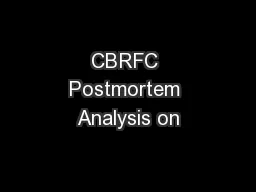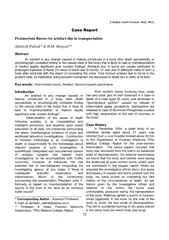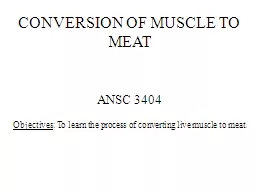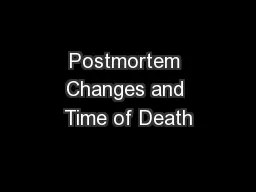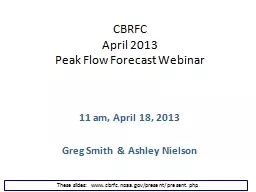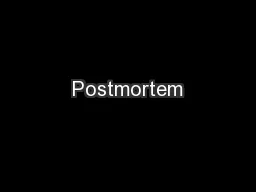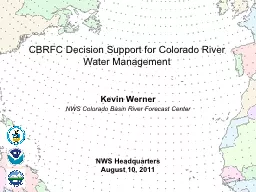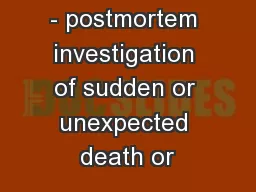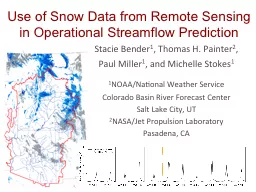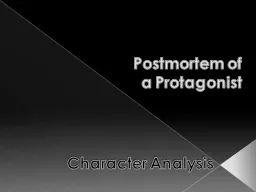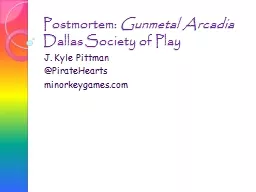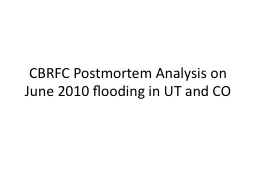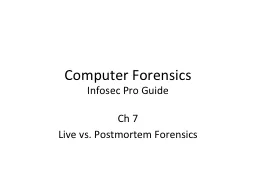PPT-CBRFC Postmortem Analysis on
Author : luanne-stotts | Published Date : 2017-07-27
June 2010 flooding in UT and CO PostMortem for June 610 flooding Forecasts generally poor and under simulated for peak flows that occurred June 610 2010 in northern
Presentation Embed Code
Download Presentation
Download Presentation The PPT/PDF document "CBRFC Postmortem Analysis on" is the property of its rightful owner. Permission is granted to download and print the materials on this website for personal, non-commercial use only, and to display it on your personal computer provided you do not modify the materials and that you retain all copyright notices contained in the materials. By downloading content from our website, you accept the terms of this agreement.
CBRFC Postmortem Analysis on: Transcript
Download Rules Of Document
"CBRFC Postmortem Analysis on"The content belongs to its owner. You may download and print it for personal use, without modification, and keep all copyright notices. By downloading, you agree to these terms.
Related Documents

